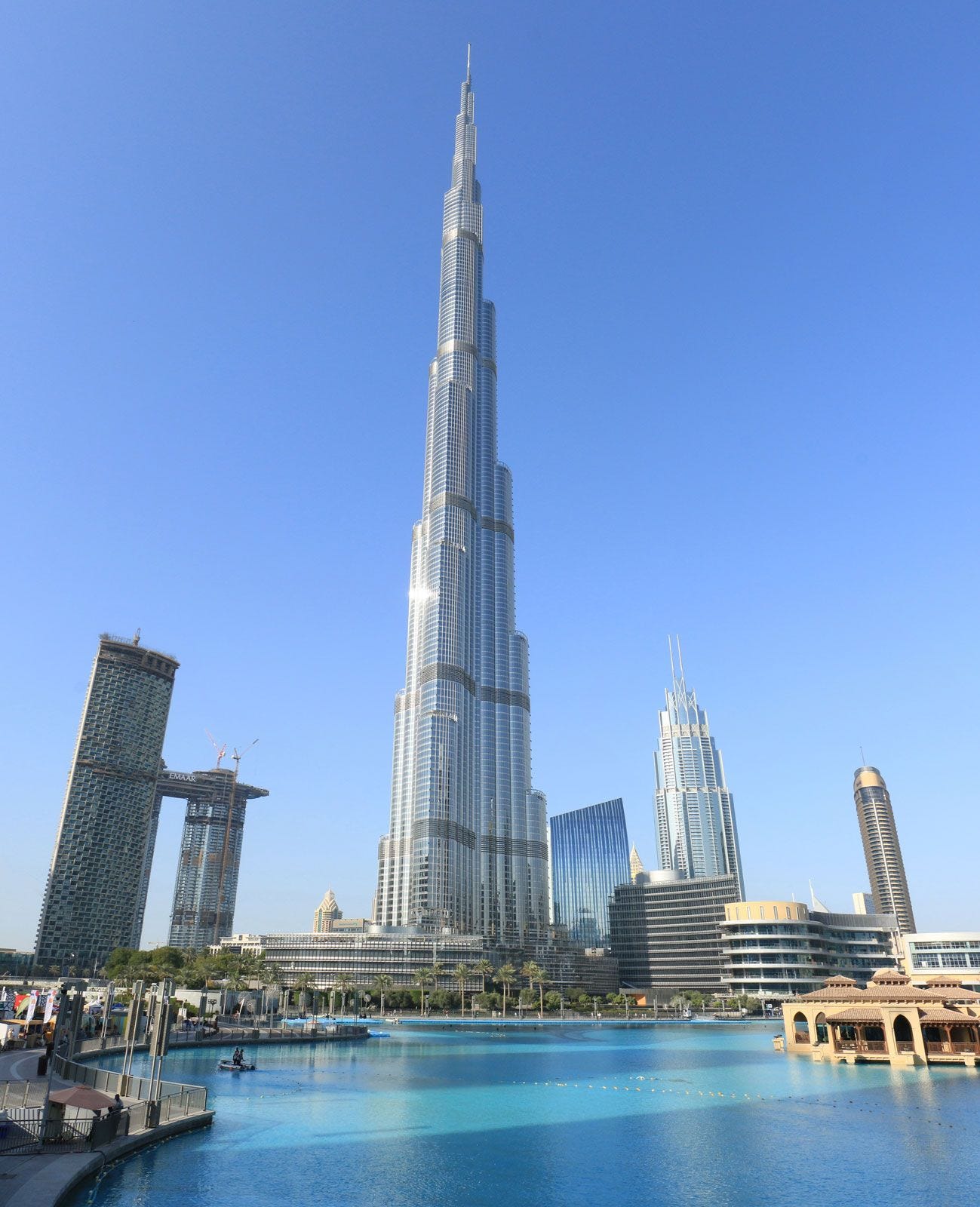Unveiling the Mystique: When Was the Taj Mahal Built?
Few architectural marvels rival the timeless beauty and grandeur of the Taj Mahal, standing as a testament to love and architectural excellence. But amidst its splendor, a question often arises: When was this iconic monument actually built?
The Taj Mahal, commissioned by Mughal Emperor Shah Jahan, stands as a mausoleum for his beloved wife, Mumtaz Mahal. Construction began in 1632, following Mumtaz Mahal’s death during childbirth, and continued for over two decades until its completion in 1653. Renowned architects, artisans, and craftsmen from across the Mughal Empire and beyond were summoned to bring Shah Jahan’s vision to life.
The monument’s construction was a feat of engineering brilliance and artistic finesse. Utilizing a blend of Persian, Islamic, and Indian architectural styles, the Taj Mahal boasts intricate marble inlay work, delicate carvings, and a symmetrical layout that reflects a sense of harmony and balance.
The main structure, including the iconic white marble dome and four minarets, was completed in 1648. However, additional buildings and embellishments within the complex continued to be added until its final unveiling in 1653.
The precise timeline of the Taj Mahal’s construction is a topic of scholarly debate, with some historians suggesting that certain elements may have been completed earlier or later than commonly believed. Nonetheless, the consensus remains that the bulk of the construction took place between 1632 and 1653 under the supervision of Shah Jahan’s appointed architect, Ustad Ahmad Lahauri.
Beyond its architectural significance, the Taj Mahal holds a profound cultural and emotional resonance. It symbolizes enduring love, grief, and the human desire to immortalize the ones we cherish most dearly.
In conclusion, while the exact dates of its construction may vary slightly, the Taj Mahal stands as a timeless masterpiece that transcends time and continues to captivate hearts and minds across the globe. Its beauty and significance serve as a poignant reminder of the power of love and the boundless potential of human creativity.
Want to uncover secrets about Taj Mahal? Click here: https://bit.ly/4auwKZK







